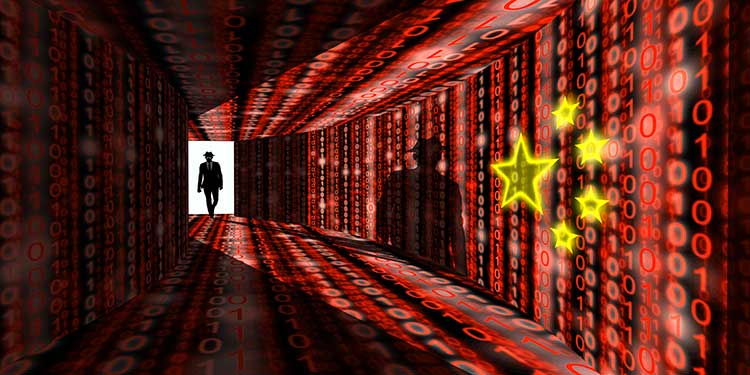If there's one company that's truly embraced the ChatGPT/AI era, it's Humane, a secretive startup built by a super team of ex-Apple employees, including co-founders Imran Chaudhri and Bethany …
OpenAI Reportedly Taps SoftBank For $1 Billion ‘iPhone Of Artificial Intelligence’ Venture
OpenAI is in advanced talks with former Apple designer Sir Jony Ive and SoftBank’s Masayoshi Son to launch a venture to build the “iPhone of artificial intelligence”, fuelled by more than $1bn in …
The Biden administration is tackling smart devices with a new cybersecurity label
The Biden administration is launching a new cybersecurity label for smart devices today. In a press briefing, Federal Communications Commission (FCC) Chair Jessica Rosenworcel said the new label, …
IoT project turns smartphones into blockchain nodes to broaden connectivity
Smartphones could become an integral part of blockchain networks, powering connectivity between smart devices in the Internet of Things (IoT) industry. Nodle is the firm behind a connectivity platform …
Continue Reading about IoT project turns smartphones into blockchain nodes to broaden connectivity
Chinese Cellular IoT technology: Understanding and mitigating the threat
Editor's note: This post is the third of a three part series based on a paper examining Chinese use of cellular technologies (including the threat to US interests) by Charlie Parton. For the full …
Continue Reading about Chinese Cellular IoT technology: Understanding and mitigating the threat
Chinese Cellular IoT technology: An analysis examining two companies
Editor's note: This post is the second of a three part series based on a paper examining Chinese use of cellular technologies (including the threat to US interests) by Charlie Parton. For the full …
Continue Reading about Chinese Cellular IoT technology: An analysis examining two companies
Chinese Cellular IoT technology: An analysis of threats and mitigation measures
Editor's note: This post is the first of a three part series based on a paper examining Chinese use of cellular technologies (including the threat to US interests) by Charlie Parton. For the full …
IP Cameras, VoIP and Video Conferencing Revealed as Riskiest IoT Devices
According to new research discovered by Forescout's cybersecurity research branch Vedere Labs, IoT devices such as conferencing systems and IP cameras are among the five riskiest IoT devices connected …
Continue Reading about IP Cameras, VoIP and Video Conferencing Revealed as Riskiest IoT Devices
This unpatched DNS bug could put ‘well-known’ IoT devices at risk
IoT security researchers at Nozomi Networks have warned that a popular library for the C programming language is at risk for DNS cache-poisoning attacks. The bug in the library is roughly 10 years …
Continue Reading about This unpatched DNS bug could put ‘well-known’ IoT devices at risk
Blockchain of Things platform plans to boost further adoption with startups competition
The advent of the internet led to a paradigm shift that has transformed nearly every aspect of society since then. This was compounded by the growing interconnectivity of an ever-increasing amount of …



